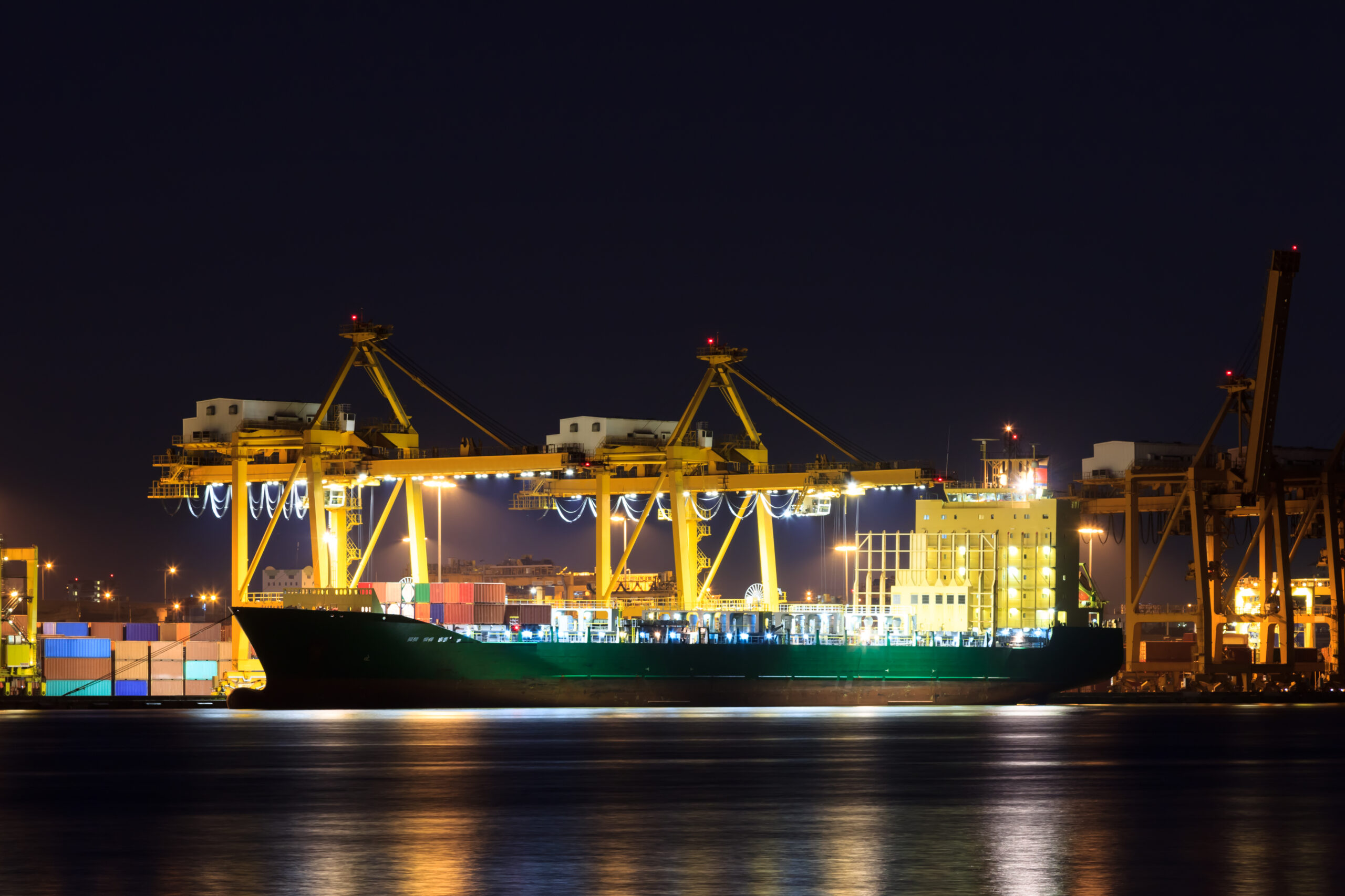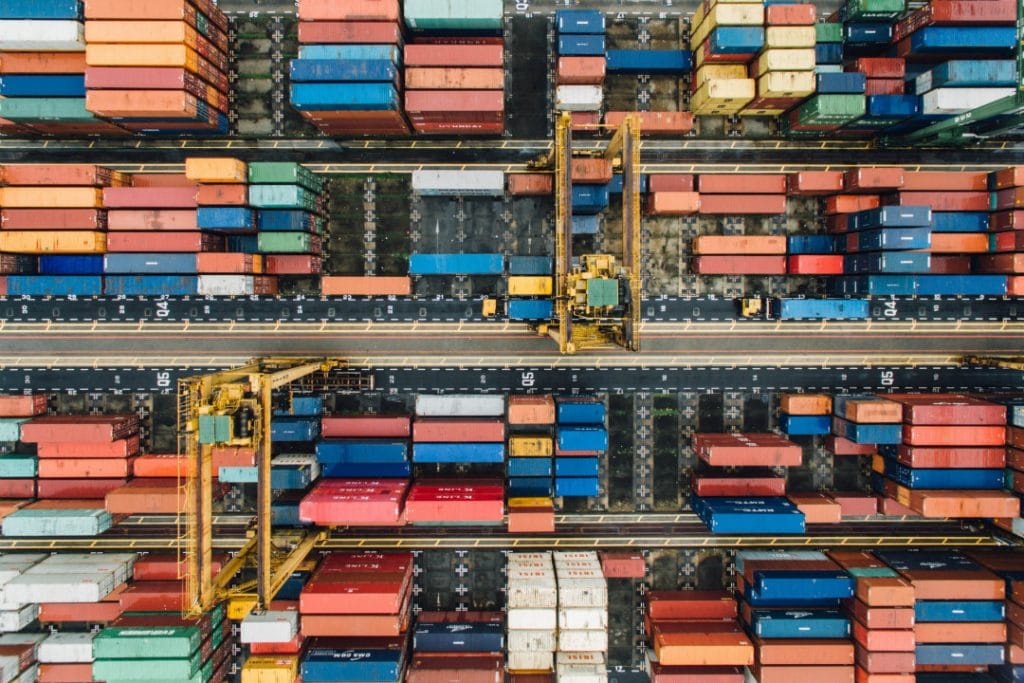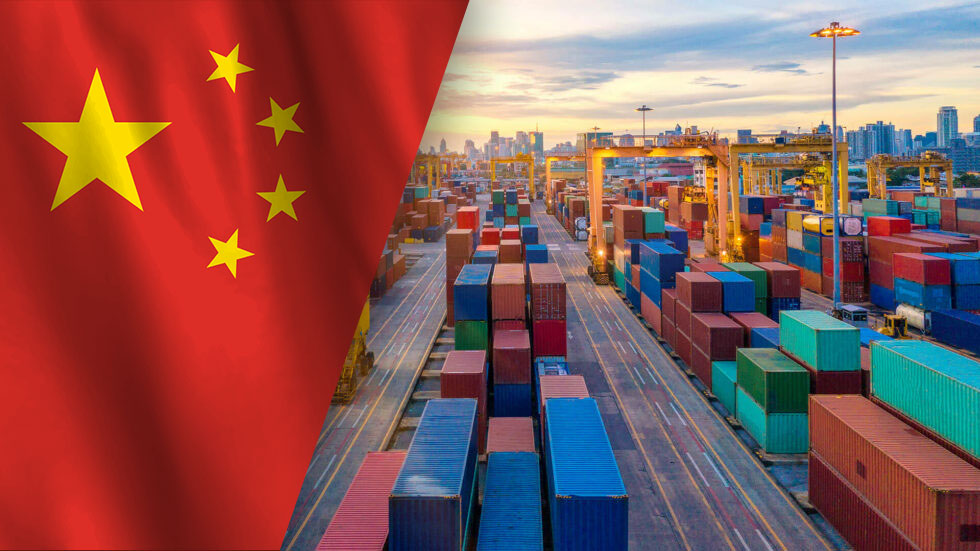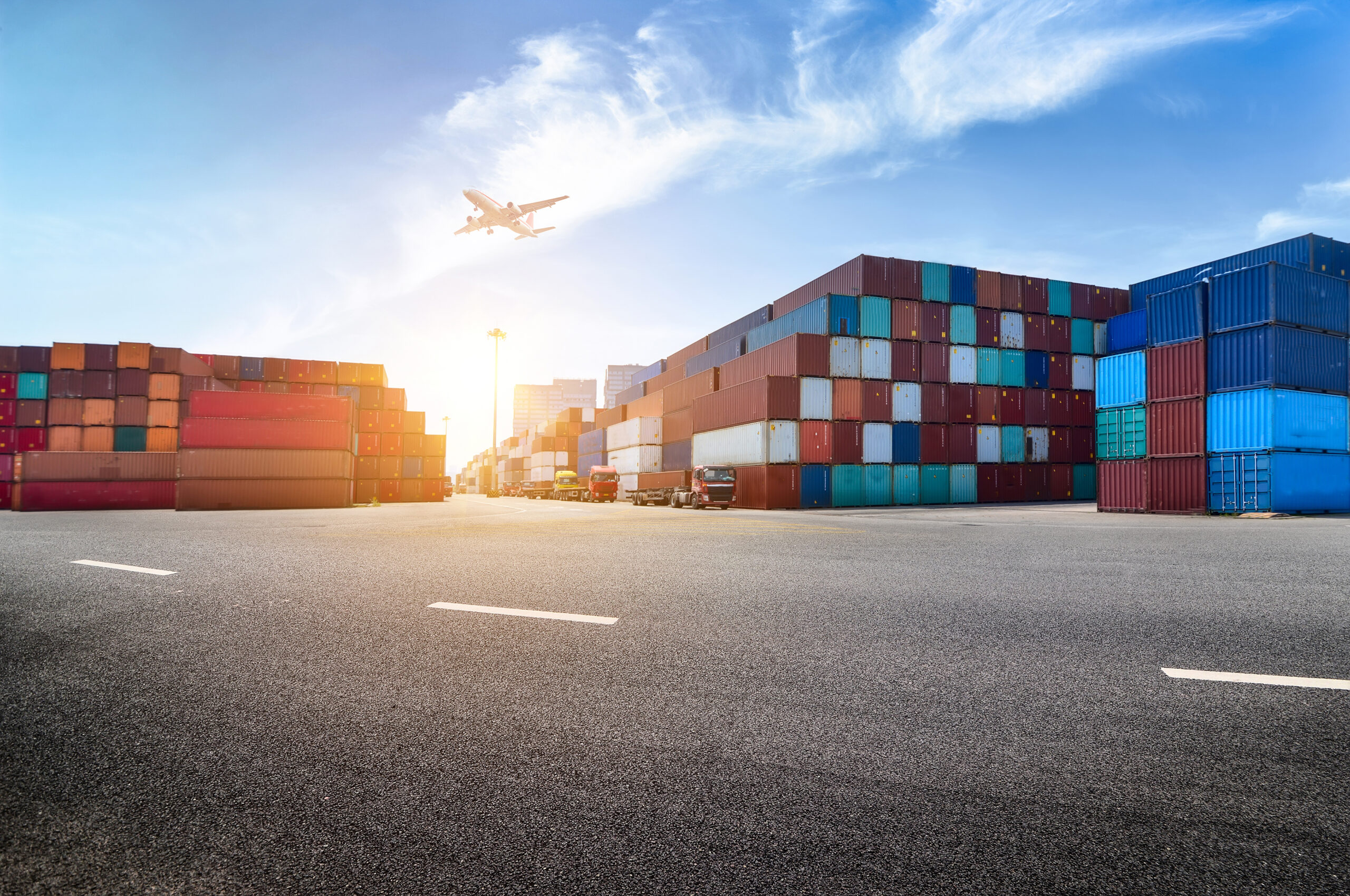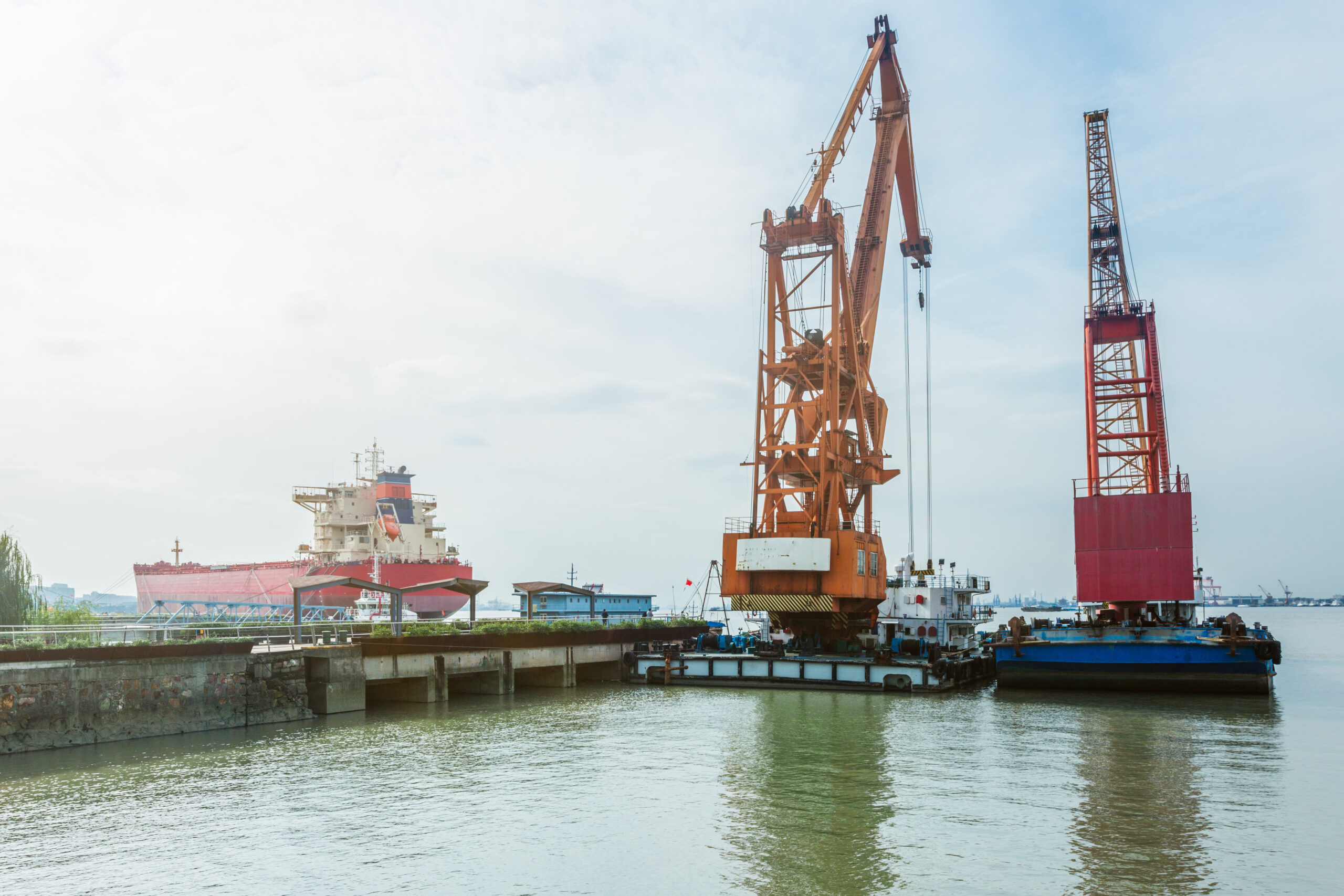This week:
- Gulf Coast ports to focus on expansion projects for improved container capacities
- US chassis demand remains low while providers deal with excess supply
- The new year sees a sharp drop in air cargo rates
- Continued Suez Canal diversions push Asia-US ocean rates up
- California’s zero-emission drayage vehicle rule delayed
Gulf Coast Ports Considered for Expansion This Year Amid Predictions of Modest Growth
For 2024, Gulf Coast ports are expected to see modest growth, with dropping import volumes offset by slightly more substantial export volumes. Port Houston has plans to award contracts to construct two additional container yards at Bayport, and the port is in the approval process for a $160 million reconstruction of two container yards at Barbours Cut following an expected 1% growth in container volume this year. These projects will also coincide with dredging work around Port Houston and the Port of Mobile, while Mobile will begin a series of projects to lift its annual container handling capacity from 650,000 TEUs to 1.1 million.
Sign up to Receive JMR’s Supply Chain News Roundup, Delivered Directly to Your Inbox Weekly
Weak Demand for US Chassis While Supply from Manufacturers Is High
To lend weight to the worries of truckers, two chassis providers (Pitts Enterprises and CIE Manufacturing) are currently appealing decisions from US Customs and Border Protection (CBP) for the levying of duties on chassis, which could impact chassis availability should demand surge before resolutions are found.
The distribution of imports will largely influence the impact of chassis availability in the next surge of ocean containers. If the East and Gulf Coasts maintain their market share, then inland rail hubs will be better positioned. If the West Coast were to regain its previous market share, then there is a greater chance that equipment would not be ready or well-positioned in time.
Trans-Pacific Air Cargo Rates Dropped Sharply for The New Year
Analysts report that making market predictions for 2024 is difficult due to the fluctuating market and a movement away from the spot market as shippers look to lock in longer-term contracts with hopes of market normalization. According to Xeneta, the 2024 air cargo market outlook anticipates a growth in demand of 1-2% and a growth of 2-4% in capacity.
Asia-US Ocean Spot Rates Rise Due to Suez Canal Diversions
In the two weeks ending December 29, spot rates on the North Asia-US West Coast trade lane rose 39% to $2,612/FEU. Combined with general rate increases (GRIs) from several carriers such as Hapag-Lloyd, CMA CGM, Yang Ming Lines, and others, carriers have announced that Freight-All-Kind (FAK) rates for the first half of January will sit at $2,700/FEU from Asia to the US West Coast.
While most major carriers are following the FAK of $2,700, Cosco Shipping’s FAK rate for January is set at $2,800/FEU, increasing from mid-December’s $2,500/FEU. FAK rates to the US East and Gulf Coasts show slightly more variation. Many carriers issued rates between $3,600 and $3,900/FEU, while Cosco Shipping’s updated rate sat at $4,300/FEU.
California Regulators Delay the Enforcement of Zero-Emission Drayage Vehicle Rule
Drayage operators need to be aware that all vehicles that are not zero-emission compliant, which they register after January 1, won’t be allowed to operate in California’s ports or rail yards once the rule is enforced. This could take up to nine months, according to industry leaders.


